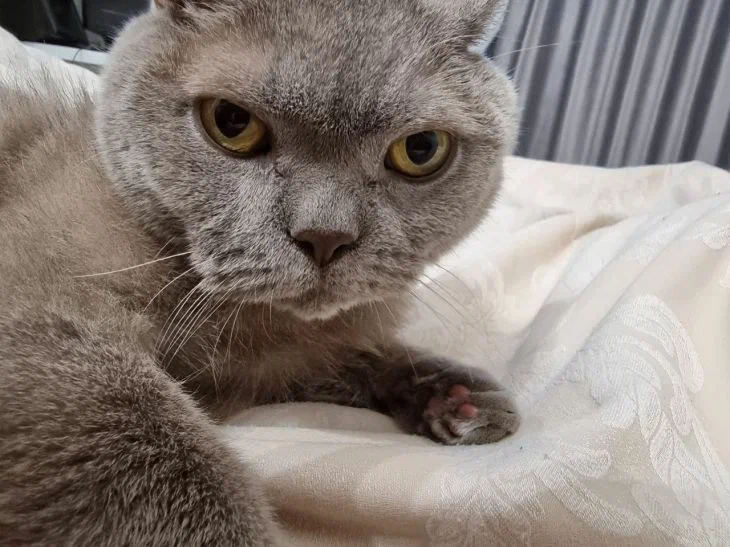Have you ever noticed how your furry friend suddenly freezes, staring at a blank wall or corner of the room?
His pupils dilate, his ears turn towards an invisible target, and his tail begins to twitch nervously.
At such moments it seems as if the cat is watching something that is hidden from the human eye. Perhaps this is so.

Cats are creatures with a unique perception of the world, and their behavior often holds mysteries that their owners are not even aware of.
Let's start with the fact that cats' vision is many times sharper than humans'. They see in the dark, catch the slightest movements, and are able to notice even a speck of dust floating in the air.
When a pet “watches” an invisible object, it is most likely reacting to a microscopic fly, a beam of light, or a shadow that remains invisible to us.
But there is another explanation. Cats are sensitive to high-frequency sounds that are inaudible to the human ear.
Perhaps your pet hears the squeak of a mouse behind the wall or the buzzing of an insect at the other end of the apartment.
Another interesting fact: cats, like humans, have moments when the nervous system malfunctions, causing visions. This is not a reason to panic, but a natural process.
However, if your pet is too often anxious or aggressive for no apparent reason, you should pay attention to its health.
But how can you tell the difference between ordinary curiosity and an alarm signal? If a cat is simply watching something with interest, its body remains relaxed.
If the fur stands on end, the back arches, and a low growl comes from the chest, this is a sign of fear or readiness to attack.
At such moments it is better not to touch the animal and let it calm down.
Sometimes "staring into space" is a way of communication. Cats are very good at sensing their owners' moods and can copy their behavior.
If you often look out the window thoughtfully, your pet will remember this and start repeating it to attract attention.
Try to observe your habits: perhaps your cat is simply trying to become part of your ritual.
So, next time you notice your cat following an invisible object with fascination, don’t rush to write it off as mysticism. Most likely, it’s demonstrating natural instincts or reacting to something hidden from our senses.
And if you want to understand it better, conduct an experiment. Turn on YouTube videos of birds or mice for cats.
The reaction will be immediate: the ears will perk up, the paws will start "hunting" for prey on the screen. This will prove that even in domestic conditions, a predator remains a predator.
